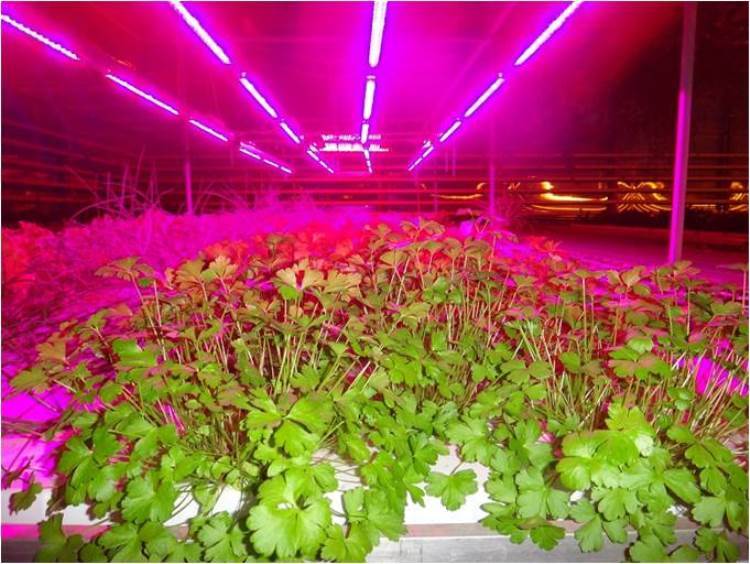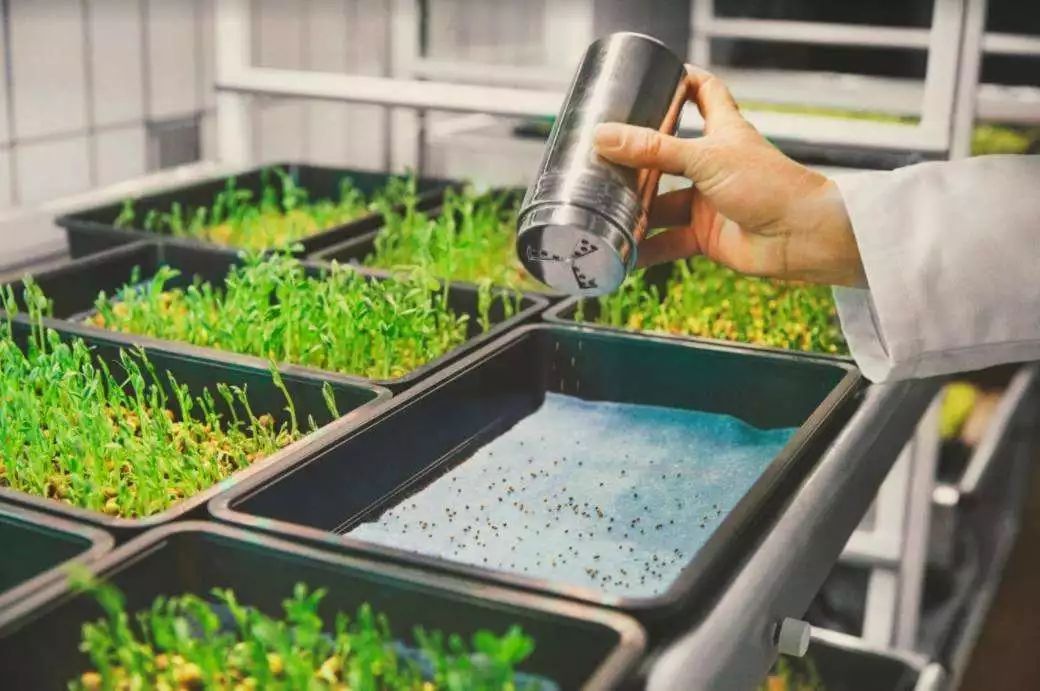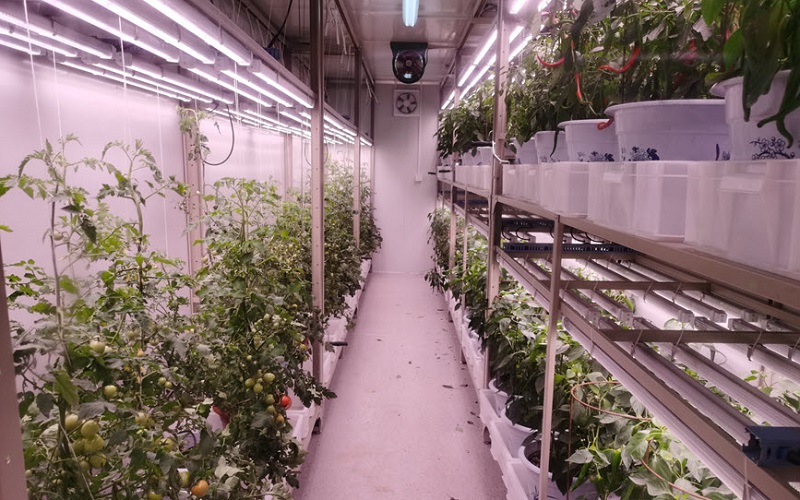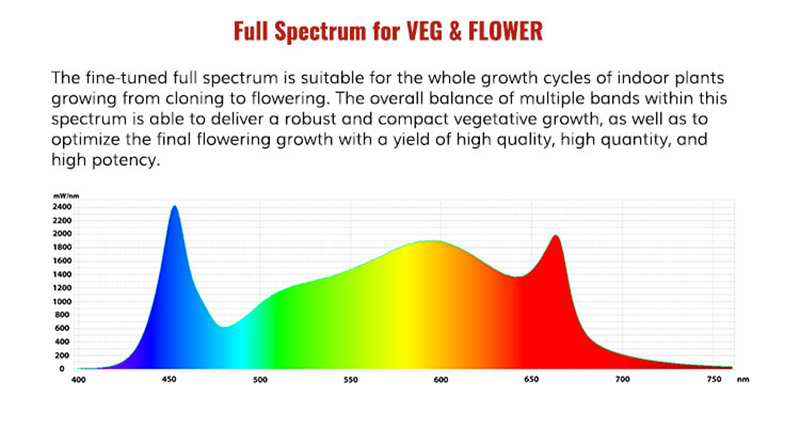Perhaps you are fascinated by the various LED grow lights on the market. Because LED lights are the most economical and practical choice at the moment. LED grow lights have a much higher efficiency than traditional incandescent lamps, up to 90% of the conversion of electrical energy into light energy.Today I will introduce to you how to choose the best LED grow lights.
With less heat than HPS lights, you no longer have to worry about scalding your plants. Since the LED grow light is emitted through the back of the chip connected to the LED, it allows your plants to avoid more water evaporation and maintain sufficient nutrients. Obviously, LED grow lights are the way to go.

What are the types of LED lights?
The types of grow lights used for planting are also divided into ”Normal” LEDs, diffused LEDs and COB LEDs. If you want to know about this kind of lights, you can refer to our How To Choose LED Grow Lights. Divided into distributed and traditional panels in design, learn more.
What elements do I need to consider when using LED grow lights?
The overall breakdown is by plant type, acreage, grow light intensity, spectrum, energy efficiency, and price.
Growth light intensity corresponding to plant type
Different plants have different needs for light spectrum. Different plants correspond to the light output (PPF) required by the grow light, and the PPF value is often called "PAR value" or "total PAR". It primarily measures the total amount of Photosynthetically Active Radiation (PAR) produced by a luminaire. Usually expressed in "µmol" or "µmol/s". You can enter this data in the field labeled "µmol" in the grow light calculator. However, manufacturers currently on the market do not report PPF data. Because PPFD is a measure of density and not the number of photons. But it is more attractive to consumers to buy their products.

Grow Light Plant Requirements
Regular weed growth requires 16 hours of light during the vegetative stage and 12 hours during the flowering stage.
The PPFD at the seedling stage is 100-300 µMol/m2/S; the PPFD at the vegetation stage is 400-600 µMol/m2/S, and the PPFD at the flowering stage is 800-1,000 µMol/m2/S.
Cucumbers and tomatoes need about 12-16 hours of light time when grown indoors. In order to obtain better yield and flavor, we recommend following the maximum light time. The PPFD at the seedling stage is 100-200 µMol/m2/S, the vegetative stage is 200-500 µMol/m2/S, and the flowering and fruiting stage is 500-600 µMol/m2/S.
Edible greens like lettuce or herbs don't need as much light. But it turns out their yields increased by 30% under 16 hours of light. The PPFD of the seedling stage is 100μMol/m2/S, and the PPFD of the vegetative and mature stages needs to be 100-250μMol/m2/S.
For growing cannabis, the required light intensity is even higher, and the optimal PPFD of cannabis during the flowering period should be 900-1000 µmol/m2/s or higher, but the higher the better. VANQ GLMX720 Commercial LED Grow Light may be the best choice for you to grow marijuana, click to learn more.

Planting area
The size of the growing area will affect the number and size of your grow lights, you need to control enough light reasonably to keep the growing area covered without overexposing the plants.
Spectrum

The spectrum of a grow light generally refers to its wavelength range, so it is recommended to use a full-spectrum grow light, which can maximize the light that simulates the desired wavelength in natural sunlight. Blue light can promote plant growth in the vegetative stage, and red light can help plants stretch and bloom during the flowering stage. Not only that, including green light, yellow light and purple light have a huge impact on growth and growth.
Related understanding: What color of light is best for plant growth?
Energy Efficiency and Price
LED plant grow lights have more energy-saving advantages and more comprehensive performance than other grow lights. According to different needs, the price of LED plant growth lights ranges from several hundred dollars to several thousand dollars. Please make a reasonable budget according to your planting situation, and choose plant growth lights that meet your requirements within this range.
VANQ provides the best quality LED plant growth lights for every professional and amateur grower, equipped with the latest dimming control, so that growers can easily control the light needed for different states of plants, click to view all our products and open your planting plan.























